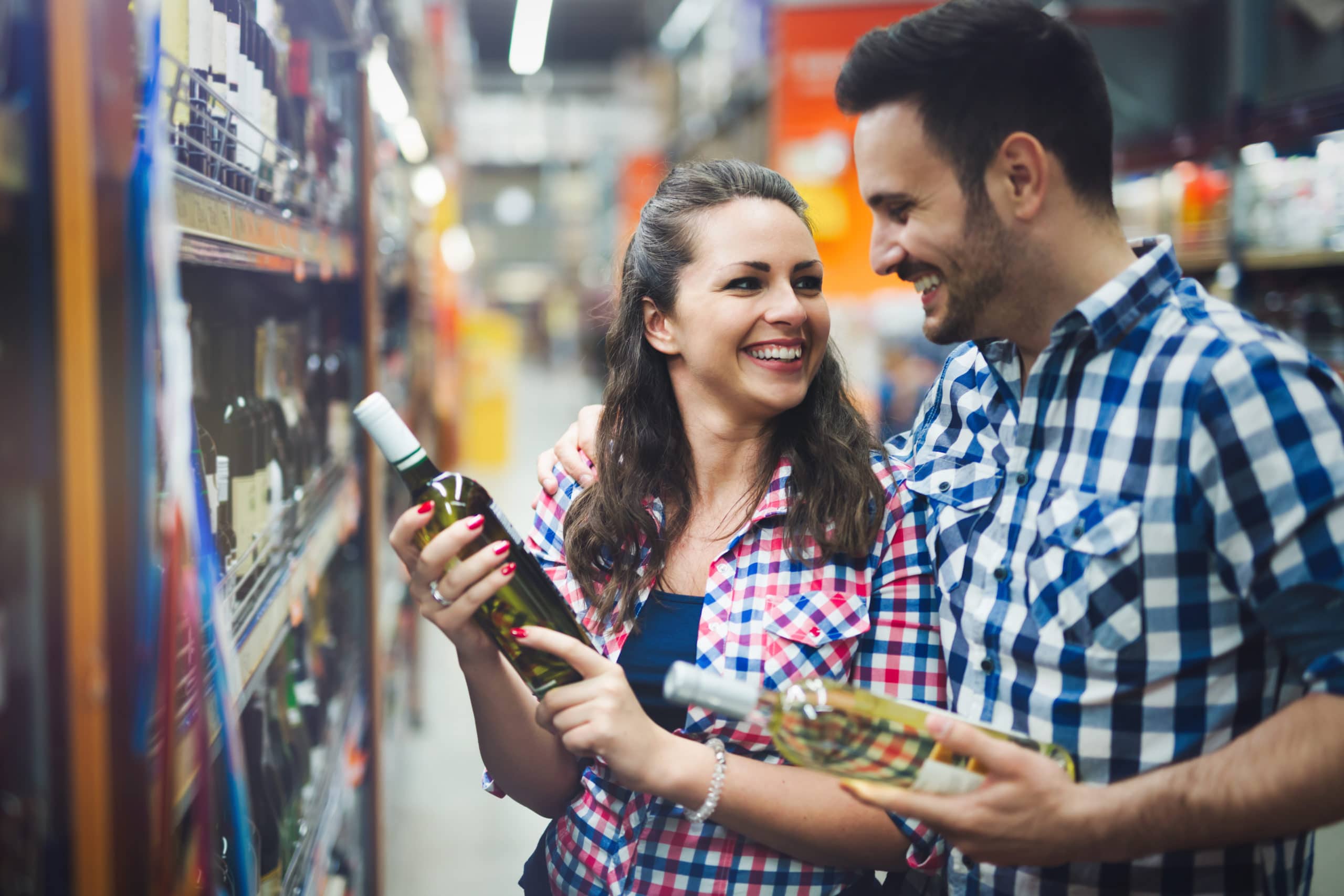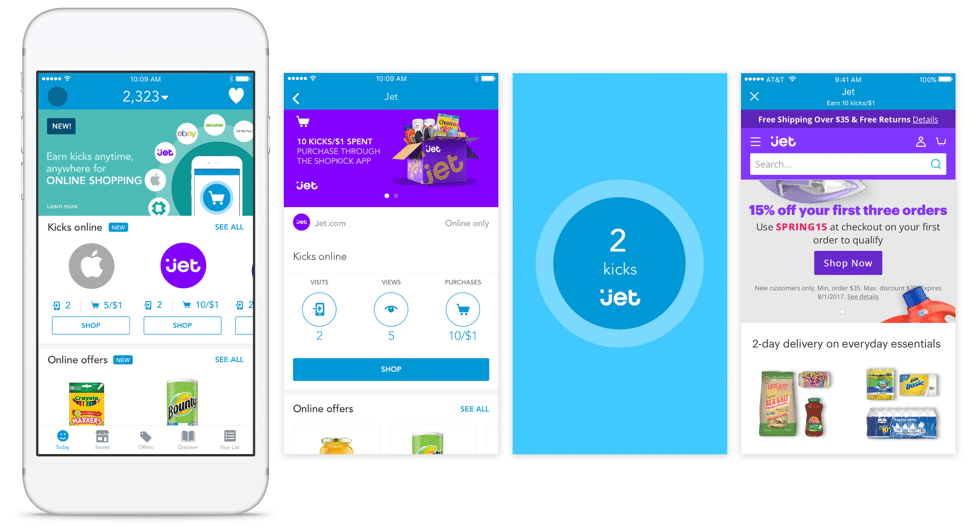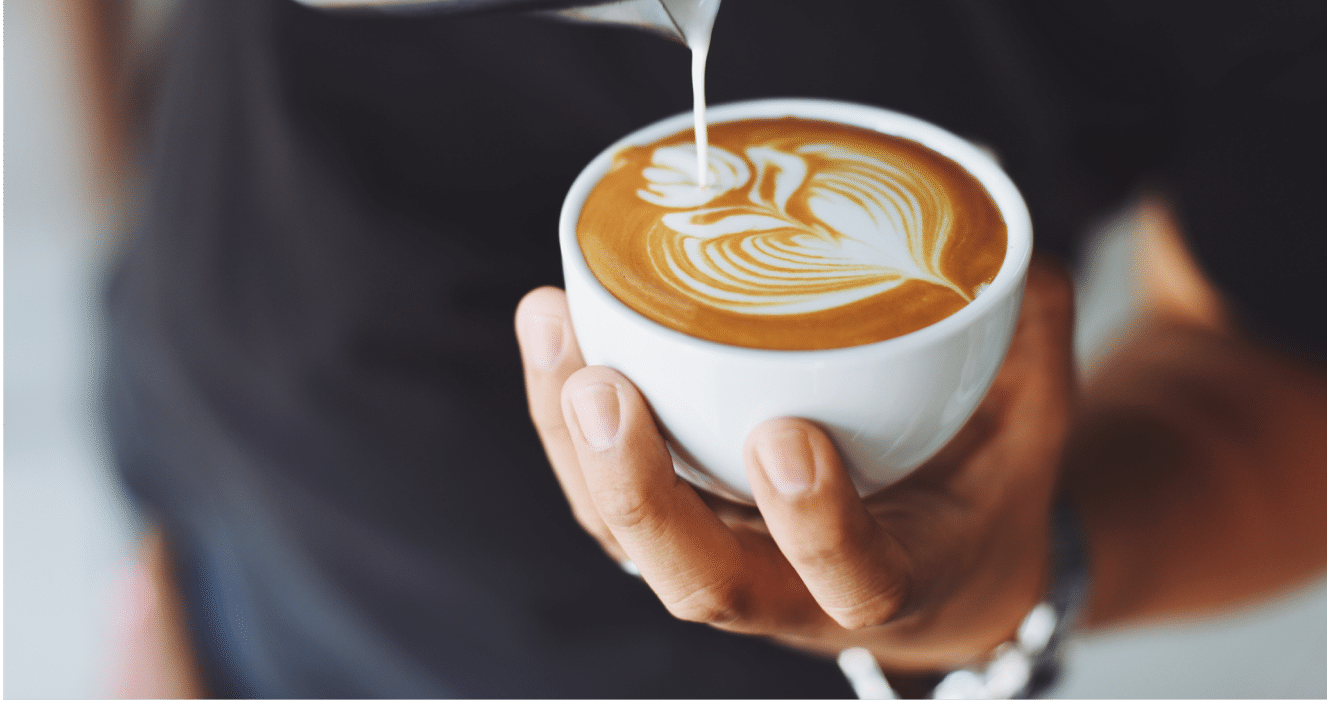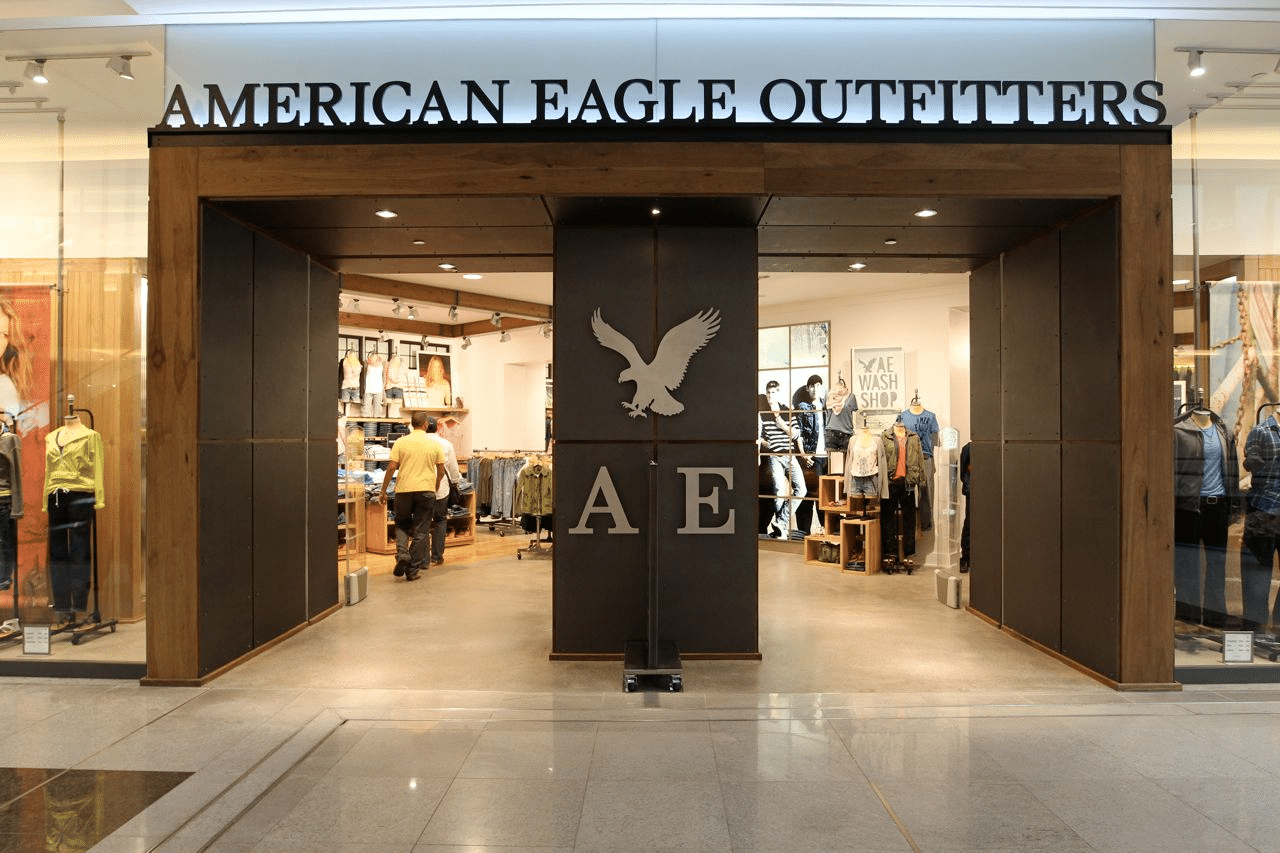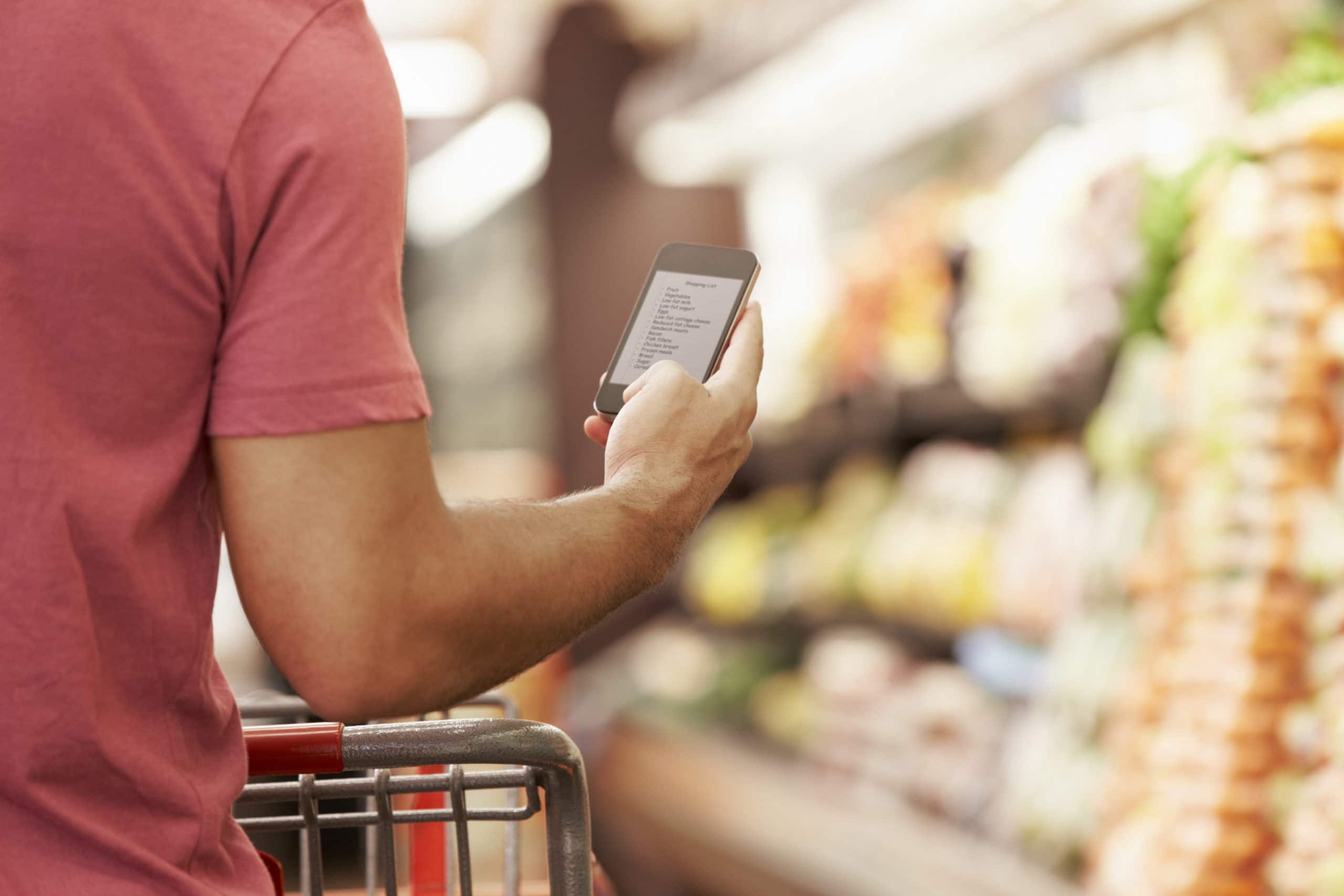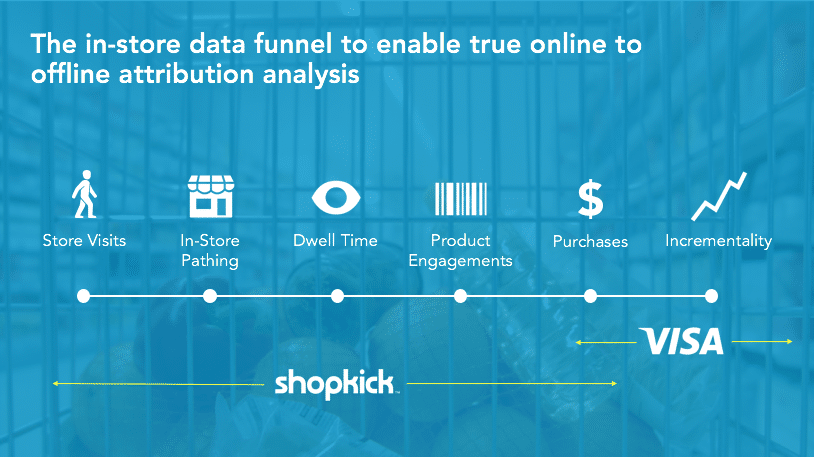There’s nothing more valuable than a loyal user – but finding these consumers on mobile can be a huge challenge for many brands and retailers. At Button’s Tap Conference in New York City, CEO Bill Demas spoke on a panel about how loyalty programs like Shopkick can be one of the best channels to acquire mobile customers that spend more, frequently. Shared at the conference, here are 4 strategies to drive loyalty and results for brands and retailers.
Leverage location-based technology to drive timely physical conversions
Location intelligence and data are key for bridging the online-offline gap. When done right, location-based technology can be incredibly powerful for connecting brands and retailers with shoppers with demonstrated purchase intent. Yet most companies don’t have access to first-party offline location data and instead must rely on third-party bid stream data. Less than 1% of the location data from ad exchanges is accurate enough to help marketers understand people’s movements in the real world. Even then, the most high-quality data doesn’t actually tie to store visits.
At Shopkick, we leverage a combination of geofencing/GPS, beacon/BLE and other technology to verify when a shopper enters the store with a high degree of accuracy. We are also able to detect visits to the dressing room, or interactions with a product at shelf. This new level of precision can help brands avoid costly and opaque traditional marketing tactics, like endcap placements.
Change consumer behavior with incentives
Rewards and incentives play a huge role in the purchase journey and most consumers now expect some form of value-exchange for their purchases. As a result, discounts, rebates, promotions and loyalty points are central to most brands’ and retailers’ marketing strategies. However, because they have become so ubiquitous, these tactics are less motivating and often end up hurting profit margins and brand equity just to drive the short-term sale.
The Shopkick ecosystem is entirely fueled by kicks, or points, that reward desired shopping behaviors. However instead of just being rewarded for the purchase, users earn kicks for engagements throughout their journey, like browsing content and online offers, watching videos, inviting friends, walking into stores, engaging with products online and at the shelf, and making on- and offline purchases. We know this incentive model is capable of changing consumer behavior: take Lily, a Shopkick user in Houston who recently told us, “If I need to go grocery shopping and Walmart has more kicks, I’ll go there.” Offering kicks can drive the same behaviors as discounts or rebates, but cost much less for the brand or retailer.
Incorporate gamification tactics to drive re-engagement and retention
Incorporating gamification tactics into loyalty strategies can be a great way to both engage consumers to keep them active and retained, and re-engage lapsed buyers. Conventional gaming tactics like planning workflows, completing projects and levelling up makes earning rewards feel more like a game. When shoppers accomplish their goals, like reach their next reward threshold, there’s a great sense of satisfaction and accomplishment.
Another way to drive re-engagement and retention is reward them often. With Shopkick’s entry into mobile shopping, we’re now rewarding for mobile browsing and buying too, and with grocery, we’re able to keep in frequent touch, making even mundane errands a treat. Every engagement, every behavior, every purchase provides a chance to acknowledge their loyalty: beginning at the moment of consideration vs. just at the point of purchase – and continues with them along their journey.
For example we’ll message our users about upcoming milestones based on their specific behavior. If a user is saving kicks for a Starbucks gift card, we’ll alert her to reward-earning opportunities to help her achieve that Pumpkin Spice Latte. By delivering these moment of joy and fun, we’re able to drive increased brand equity, engagements and purchases.
Strategically partner with companies that elevate the user experience
In selecting partners, businesses must never lose sight of the consumer experience. At Shopkick, we have invested heavily in understanding our core customer, primarily moms who take on the heavy lifting of household shopping but also like to treat themselves. Our approach to strategic partners is always through the lens of how we can elevate the user experience. We want to match the best brands and retailers to our users and ensure our shoppers have a consistently valuable experience, from content on the platform to browsing offers to scanning products to making purchases to redeeming rewards.
As we continue to grow our product offerings, we focus on what our users want and pay close attention to their feedback. What we heard loud and clear is that our users want to be able to seamlessly shop across channels, and that primarily means shopping on mobile. We partnered with Button to be able to integrate with the mobile shopping companies that our users frequently buy, like eBay, Groupon, Boxed and Jet.com. Users are now rewarded for browsing and buying on mobile and after only 2 months, we’ve seen extraordinary results. We’re excited to expand to new verticals like travel, ticketing marketplaces, and alcohol delivery.





